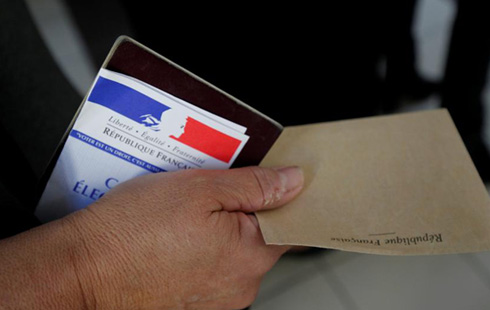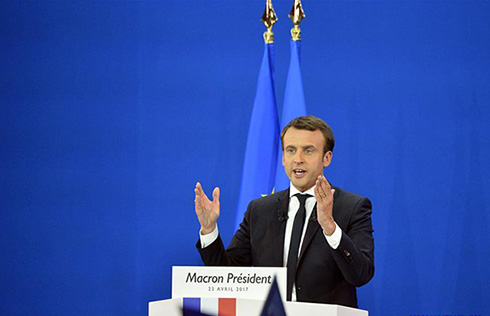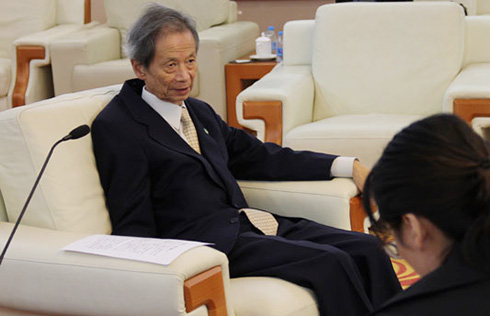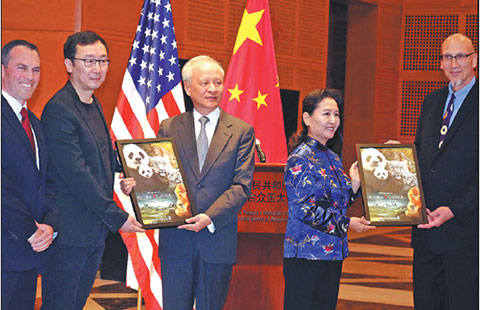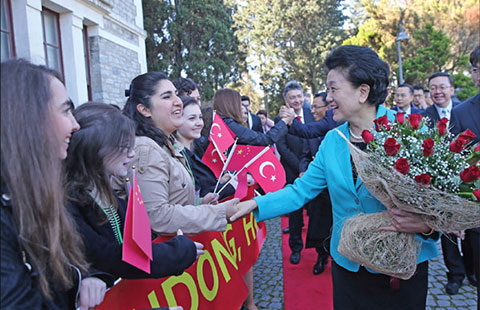Survivors' video accounts will make future generations aware of war's horror
To ensure the world that each of us won't forget the dark chapters of history, such as the Holocaust and World War II-related atrocities, a group of technology-savvy scholars and researchers is creating audio-visual accounts with survivors and witnesses.
I'm always amazed to learn how relatively little that Westerners have remembered, or know, that China was the first country to suffer from World War II atrocities by Japanese invaders in 1937.

There are even fewer people in the West who know that China was an ally of the US and UK from the 1941 attack on Pearl Harbor to the Japanese surrender in 1945. I had a strong reaction last week when I was asked by a staffer from a national World War II museum to explain why in 2007, China turned the site of a prison camp run by Japanese armed forces in Shenyang during the war — which housed and tortured more than 2,000 prisoners from the United States, Great Britain, the Netherlands and Australia between November 1942 and August 1945 — into a museum.
Fortunately, there are individuals who are dedicated to preserving history and not oblivious to war crimes.
I met last week with Stephen Smith, the executive director of the Shoah Foundation at the University of Southern California in Los Angeles. He demonstrated the foundation's New Dimensions in Testimony (NDT), which enables people to interact with, for example, Pinchas Gutter, an 85-year-old Holocaust survivor, whose account was pre-recorded to answer future war-related questions.
Born in Poland into a Jewish family in 1932, Gutter was 7 when he spent 3 1/2 years in the Warsaw ghetto, survived six Nazi concentration camps, including the Majdanek extermination camp, and is now a narrator and history teller.
"We need someone who'd talked a lot with students, who'd told their story countless times," said museum exhibition designer Heather Maio, who has facilitated NDT's development through cross-border partnerships.
There are approximately 100,000 World War II survivors worldwide, according to a statement from the conference on Jewish Material Claims against Germany, as compared with a recorded number of roughly 350,000 in 1993.
"We are almost out of time to have a deep conversation with Holocaust survivors," said Smith. "That conversation – that moment of dialogue – where I ask my question and I get it answered, is magic in the room. And we wanted to find a way to preserve that as best as possible," he said.
In April 2014, Gutter joined the NDT team to have his story recorded, videotaped and digitalized for preservation and education. Sitting on the light stage against a green backdrop for about 20 hours in five days, Gutter answered around 1,900 questions and generated 22 hours of content with high-definition cameras and 360-degree lights capturing the interview from all angles.
Now, the digitally replicated Gutter can swiftly find appropriate answers to many questions, "in person, life-sized and, eventually, in 3D – as if the individual was sitting there with you," Smith said.
The digital World War II archives at the USC Shoah Foundation won't be complete without stories from China's side.
Scholars started research collaborations with Chinese counterparts several years ago, and plan substantial exchanges. Xia Shuqin, a survivor as a child of the 1937 Nanjing Massacre, traveled from Nanjing to Los Angeles in October 2016 to film an interview for the NDT project. It was the first NDT interview in a language other than English and with a survivor other than from the Holocaust.
The USC Shoah Foundation's Nanjing Massacre collection was initiated in 2012 by a partnership with the Nanjing Massacre Memorial Hall in China. Smith led a delegation to Shanghai in October 2015, and the USC Shoah Foundation led a panel discussion on Nanjing: The Power of Survivors' Stories and Why Capturing them Matters. In June 2016, the foundation sent crew members to Nanjing to have 20 new testimonies recorded for the Nanjing Massacre Collection, a visual history archive to commemorate the 1937 tragedy.
About 300,000 civilians and unarmed soldiers were killed over the course of two months during the 1937 Nanjing Massacre, also known as The Rape of Nanjing.
Xia's Mandarin-language testimony, along with 29 other Nanjing survivors' testimonies, is already preserved and subtitled in English in the Visual History Archive, Smith said. An additional 70 testimonies of survivors of the Nanjing Massacre and expert witness interviews will become available in late 2017.
Contact the writer at junechang@chinadailyusa.com









